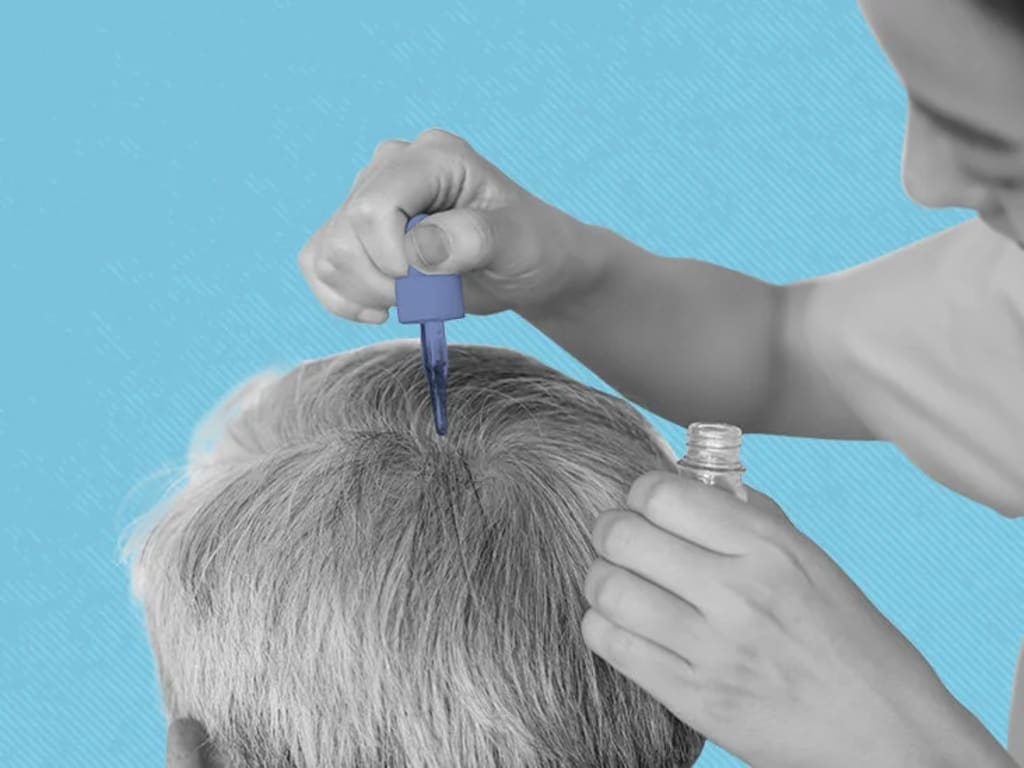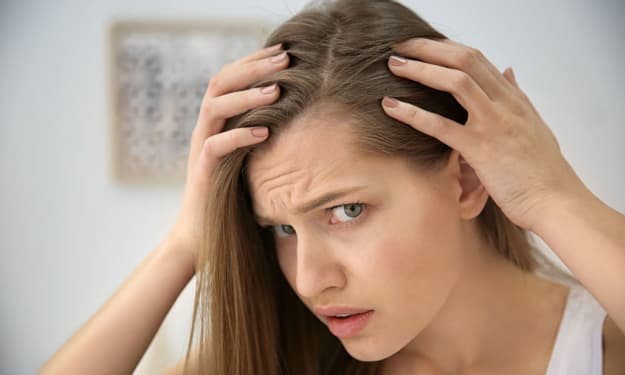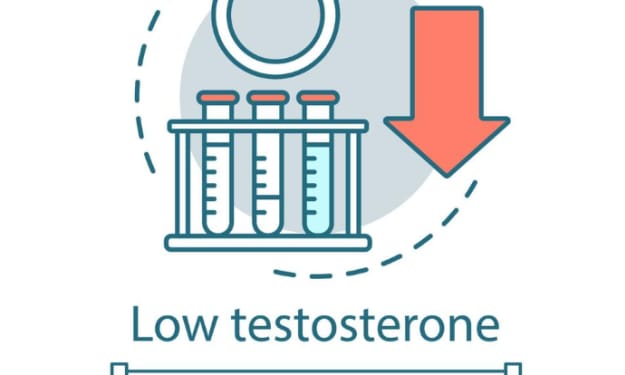Understanding Hair Loss: Causes, Symptoms, and Treatment
Read the article to find out and claim your free prize!

Hair loss is a common concern that can vary in severity, ranging from mild thinning to complete baldness. It occurs due to various factors and can be classified into different categories:
Telogen Effluvium: This form of hair loss typically occurs two to three months after experiencing a significant physical stressor, such as a prolonged illness, major surgery, or serious infection. It can also result from sudden hormonal changes, commonly observed in women after childbirth. During telogen effluvium, moderate amounts of hair fall out from all parts of the scalp, often noticed on pillows, in the bathtub, or on hairbrushes. While certain areas of the scalp may appear thinner, extensive bald spots are rare.
Drug Side Effects: Certain medications, including lithium, beta-blockers, warfarin, heparin, amphetamines, and levodopa (Atamet, Larodopa, Sinemet), can cause hair loss as a side effect. Additionally, certain chemotherapy drugs used in cancer treatment, such as doxorubicin (Adriamycin), commonly result in sudden hair loss affecting the entire scalp.
Medical Illness: Hair loss can be a symptom of various medical conditions, including systemic lupus erythematosus (lupus), syphilis, thyroid disorders (hypothyroidism or hyperthyroidism), sex-hormone imbalances, or nutritional deficiencies (such as protein, iron, zinc, or biotin deficiencies). These deficiencies are more common in people on restrictive diets and women with heavy menstrual flow.
Tinea Capitis (Fungal Infection of the Scalp): This form of hair loss occurs when certain types of fungi infect the scalp, causing hair to break off at the surface and the scalp to become flaky or scaly. Tinea capitis is particularly common in children and leads to patchy hair loss.
Alopecia Areata: This autoimmune disease causes hair to fall out in one or more small patches. While the exact cause is unknown, it is more common in individuals with other autoimmune diseases. When the same condition leads to complete hair loss on the scalp, it is known as alopecia totalis.
Traumatic Alopecia: Hair loss can occur due to certain hairdressing techniques that exert excessive tension on the hair, such as tight braiding or cornrowing. Exposure to extreme heat, twisting (using curling irons or hot rollers), or damage from strong chemicals (bleaching, hair coloring, or permanent waves) can also cause hair loss. Additionally, individuals with trichotillomania, a psychiatric disorder characterized by compulsive hair pulling and twisting, may develop bald spots.
Hereditary Pattern Baldness (Androgenetic Alopecia): In men, hair loss often follows a specific pattern, with a receding front hairline and thinning at the top of the head. This is the most common type of hair loss and can start at any age, including the teenage years. It is influenced by a combination of genetic factors, male hormones, and the aging process. Many women also experience female-pattern baldness, which involves overall thinning of the hair on the top or crown of the scalp while sparing the front hairline.
Symptoms:
Excessive hair shedding, with larger amounts of hair found on brushes, clothing, and in drains.
General thinning of the hair.
Wider parting of the hair or changes in the hairline.
Development of one or more bald patches.
The symptoms may vary depending on the underlying cause of hair loss. For instance, telogen effluvium or medication-induced hair loss usually affects the entire scalp, while tinea infections and alopecia areata result in small patches of hair loss. Tinea infections may also cause scalp scaling or broken hairs resembling black dots. Traumatic alopecia follows the pattern of hair injury, such as the use of hot rollers, braiding, or chemical treatments. Male-pattern baldness typically starts with a receding hairline at the temples, followed by thinning at the top of the head and eventual baldness in the crown area, leaving hair around the back and sides of the head.
Diagnosis: To diagnose the cause of hair loss, your doctor will consider your medical history, medications you take, nutritional status, hairdressing practices, and perform a physical examination. In some cases, a hair sample may be taken for laboratory testing if a fungal infection is suspected. Blood tests may also be necessary to investigate medical conditions such as lupus, thyroid disorders, iron deficiency, or hormonal imbalances.
Expected Duration: The duration of hair loss depends on the underlying cause. In telogen effluvium, hair is typically lost over several weeks to months but regrows gradually over the following months. Hair loss due to medication side effects usually resolves once the medication is discontinued. Hair loss from traumatic hairdressing practices often stops after switching to more gentle styling methods, except in cases of traction alopecia resulting from long-term hair pulling. Tinea scalp infections require treatment with oral medications for 6 to 12 weeks, and hair regrowth may be slow. Early treatment is crucial to prevent permanent hair loss. Both male and female pattern baldness tend to worsen over time but can be treated.
Prevention: Some forms of hair loss can be prevented or minimized by reducing stress, maintaining a healthy diet, adopting gentle hairdressing techniques, and if possible, switching to medications that do not cause hair loss. Fungal infections can be prevented by keeping the scalp clean and avoiding the sharing of hats, combs, or brushes. Medication may be used to prevent hair loss caused by hereditary pattern baldness.
Treatment: The treatment of hair loss depends on the underlying cause. Telogen effluvium and hair loss from medication side effects often do not require treatment other than discontinuing the causative medication. Minimizing trauma and chemical exposure to the hair may help limit or stop hair loss. Hair loss due to poor nutrition or medical conditions usually improves with a healthy diet and treatment of the underlying condition. Fungal scalp infections require oral medications for 6 to 12 weeks, accompanied by shampoos containing antifungal agents. Corticosteroids, anthralin cream, minoxidil, or a combination of these therapies can be used to treat alopecia areata.
For hereditary pattern baldness, treatment options include topical minoxidil, oral finasteride or dutasteride, hair transplants, and scalp-reduction surgery. Premenopausal women may benefit from estrogen or spironolactone treatment, while postmenopausal women may consider finasteride.
When to Seek Medical Attention: If you are concerned about hair loss, especially if accompanied by other unexplained symptoms, it is advisable to consult a doctor for evaluation and guidance.
Prognosis: Many forms of hair loss are temporary or can be effectively treated. Telogen effluvium, drug-induced hair loss, and tinea capitis often resolve with time or appropriate treatment. Hereditary pattern baldness can be managed with medication and other interventions, although treatment may need to be continued indefinitely. In some cases, such as scarring due to lupus-related scalp disease, hair loss may be irreversible.
GET YOUR FREE E-BOOK ON HAIR LOSS NOW: CLICK HERE
About the Creator
Enjoyed the story? Support the Creator.
Subscribe for free to receive all their stories in your feed. You could also pledge your support or give them a one-off tip, letting them know you appreciate their work.






Comments
There are no comments for this story
Be the first to respond and start the conversation.